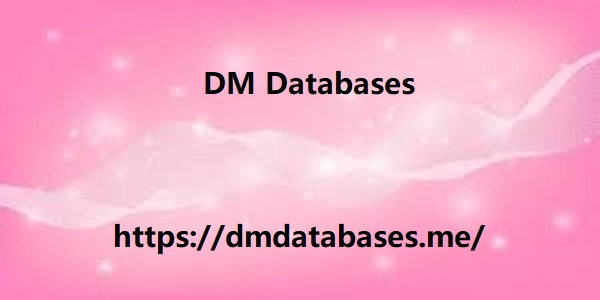|
|
In general, the operationalization of People Analytics is structured in four stages. They are: collection, calculation, analysis and modeling. 1. Collection The first step in implementing People Analytics in a company is data collection. There are several ways to do this, but before collecting it you need to plan it. When planning, it is essential to define objectives so that you can use data more strategically. This is because it is possible to use commands to define what information will be useful and should be collected by the tool. This step is essential for the entire work to be successful. It is at this stage thatist! 2. Calculation The next step is to group them in a logical and contextualized way. In other words, it is necessary to choose metrics related to the initial objectives to extract important information and enable solutions. For example: from data collection, I discover that 100 employees have symptoms of depression . In isolation, what conclusion do you draw from this data? None.
If we are talking about a large company with more than 5000 professionals, it is only 2% of the team, nothing alarming. And the causes can be within the organization or outside it. But if it is an organization with 200 employees, it means that half of the workforce may be suffering from depression, which requires immediate action. 3. Analysis After choosing the metrics and making the calculations, it's time to analyze the indicators DM Databases and look for correlations, patterns and trends. It is at this stage of People Analytics that the analytical capacity of people managers will be very necessary. Often, some data present correlations, but this does not mean that there is necessarily a causal relationship there. To separate the wheat from the chaff, it is essential that whoever carries out this analysis knows the organization's employees and processes well. 4. Modeling Now is the time to use analytics to make predictions and thus make evidence-based decisions.

The objective of data modeling is to calculate the probability of certain events happening and estimate the different possibilities for a question. In fact, it is important to say that carrying out these 4 steps requires a high level of organization from the company and, mainly, from the HR or occupational health team. Furthermore, it is necessary to understand that People Analytics is a medium to long-term strategy. In other words, you will need time to build diagnoses, create action plans, implement changes and only then start to see results. But the effort is worth it, as implementing People Analytics in mental health enables much more assertive decision-making that will generate benefits for the entire organization. Mental health data collection sources and methods There are different ways to collect data on employees’ mental health. During the admission exam, for example, some information can already be collected – such as the existence of previous illnesses or mental disorders. Organizational climate research and employee satisfaction surveys are other tools that can provide useful information about the mental health of teams.
|
|